Everything you need to know about the Roman catacombs and which are the BEST ones to visit!
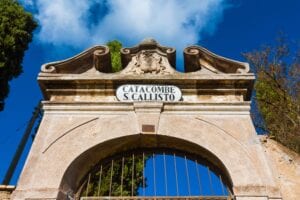
The Details of Rome Underground
The Catacombs of Rome are ancient underground burial sites, mostly built by the Christian communities of the first four centuries of the common era. The ancient Roman law, specifically the Law of the Twelve Tables, for the purposes of hygiene forbade the dead to be buried within the city walls. These laws also stated that burial was a right given to anyone that asked for it regardless of status, criminal history, or religion. This means that while the majority of people buried belonged to either Christian or Jewish communities, we also find tombs of martyrs, popes, and citizens from all walks of life. Saints and sinners side-by-side!
Today, over 40 catacombs exist in the areas surrounding the city center of Rome, most of which date between the late 2nd century to the early 5th century AD. This in part is a result of the legalisation of Christianity by Emperor Constantine in 313 AD at which point Christian funeral rituals were no longer required to be a secret, hidden affair and were brought above ground and into churches. As the 5th century progressed, burials in the catacombs were almost completely abandoned, but they remained popular pilgrimage destinations as they housed countless sacred shrines to martyrs and pontiffs.
Sadly, the Roman catacombs fell victim to pillaging by Germanic invaders in the 9th Century. In a bid to save sacred artifacts, many relics of the saints and martyrs were moved from the catacombs and into churches within the city walls for security. At this point the catacombs were abandoned altogether until they were rediscovered during excavations in the 1600s.
The network of Roman catacombs is estimated to house over 600km of tunnels spanning 5 storeys underground. Within these vast, expansive structures we find countless intrigues, icons, and early Christian artwork dating all the way back to the second century.

Best Catacombs to Visit
With more than 600km of tunnels to explore in over 40 catacomb complexes, it seems impossible to know where to visit to get the best experience possible. Well, that’s where we step in, let us take the guesswork out of it for you!
Here are our favourites when it comes to Rome underground:
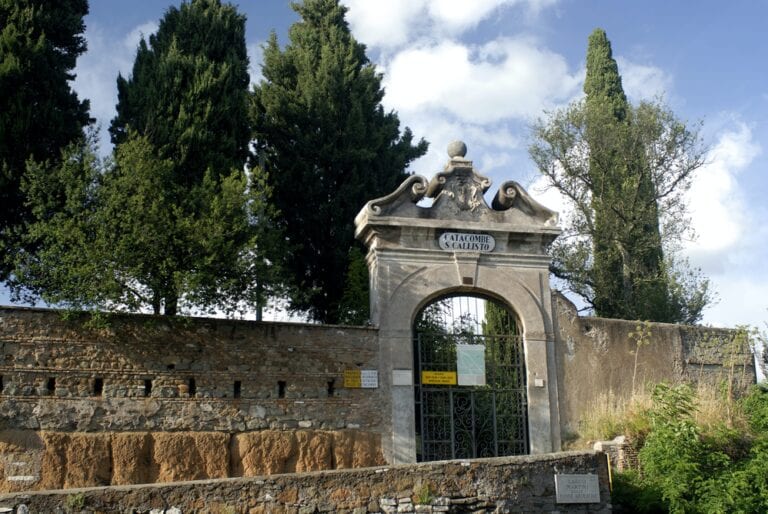
Catacombs of Saint Callixtus (San Callisto)
Built in the middle of the second century, the catacombs of Saint Callixtus was the final resting place to an estimated half a million people. Among that phenomenal number of people we find tens of martyrs and 16 popes! Occupying around 90 acres of land, these catacombs are made up of more than 19km (12 miles) of galleries that plunge 4 levels, or about 20m, into the earth.
Arguably the most famous of Rome’s catacombs, the Catacombs of Saint Callixtus is a hard one to beat. Explore them for yourself on our Ancient Catacombs and Crypts Tour.
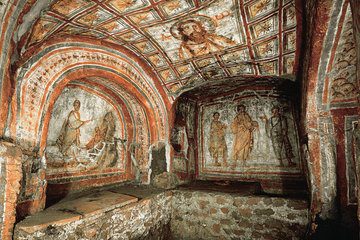
Catacombs of Saint Sebastian (San Sebastiano)
Named for the martyr Saint Sebastian who was laid to rest within the catacombs, this site was one of the few that was never completely abandoned. Here we find Pagan and Christian tombs alongside one another, and it is believed that funerals from both faiths were held in the elaborate central chapel. Other key features of the catacombs include: The Chapel of Symbols, where early Christian iconography may be seen, a dining hall in which funeral banquets were held, and even graffiti that dates back to the second century.
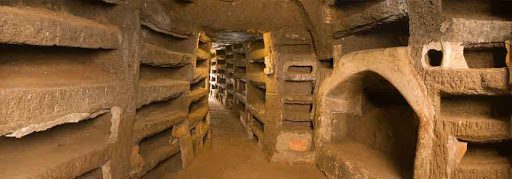
Catacombs of Priscilla
The catacombs take their name from the woman who owned the land on which they were constructed and the complex is dubbed “The Queen of the Catacombs”. This site famously contains the oldest image of the Virgin Mary in existence.

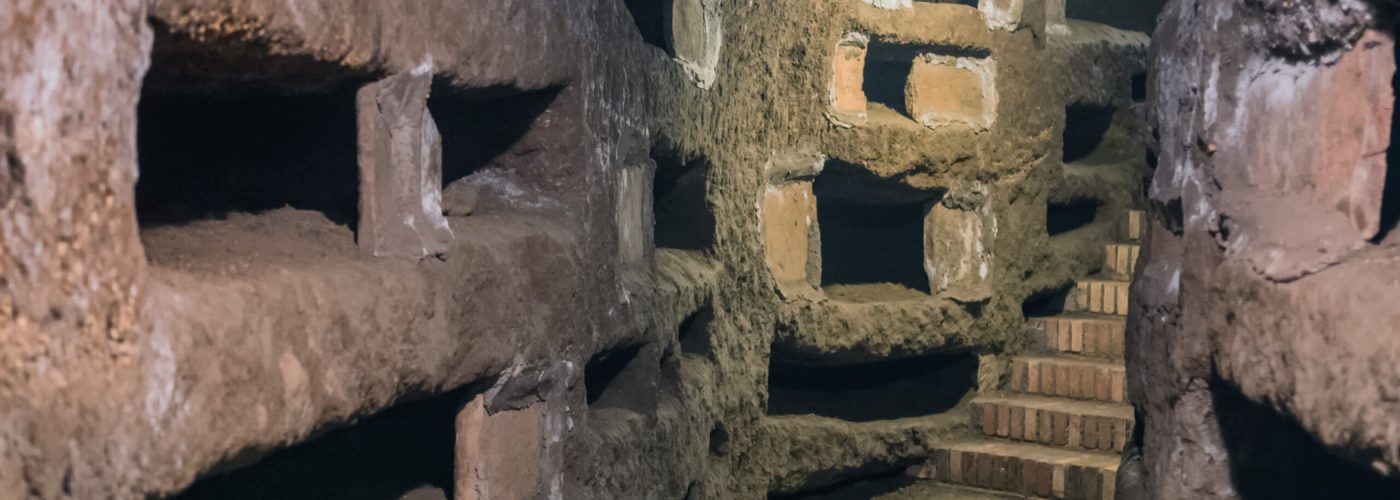
Recent Comments